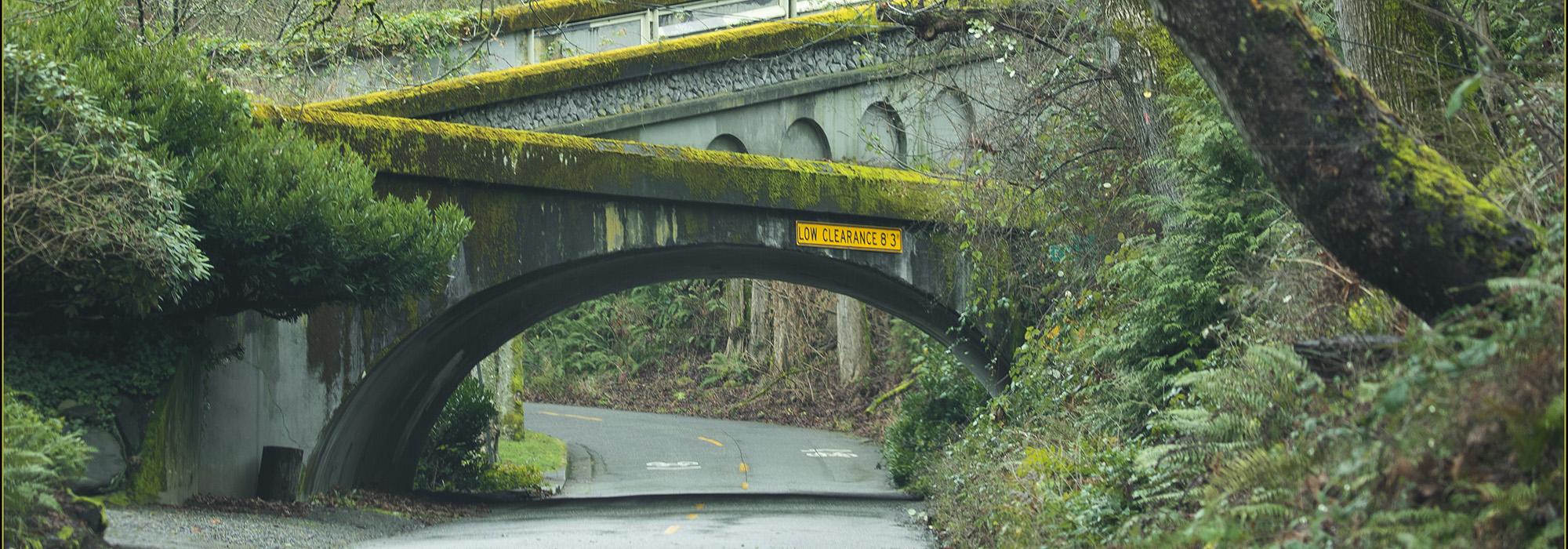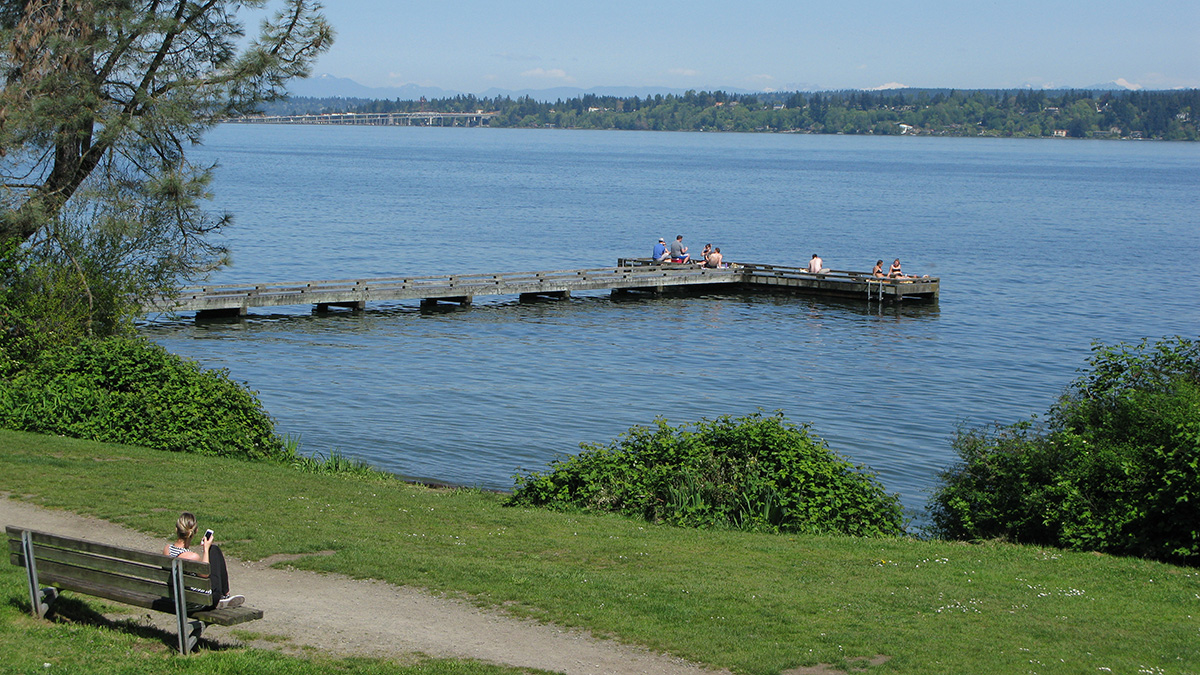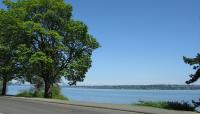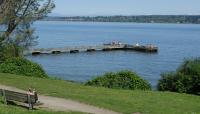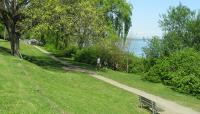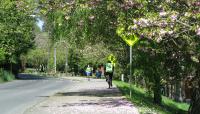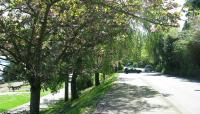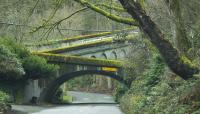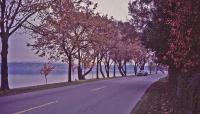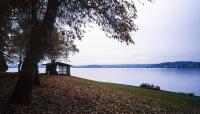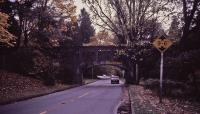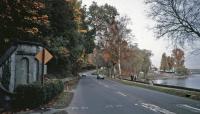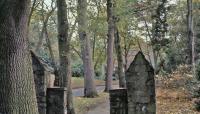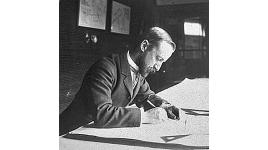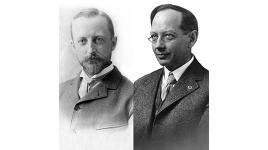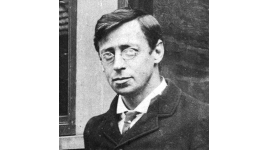Landscape Information
Lake Washington is a glacially created, freshwater lake. Pleasure travel along its shoreline was formalized in 1900 when the city’s assistant engineer, George Cotterill, laid out a 25-mile bicycle path system.
In 1903, the city engaged the Olmsted Brothers, during which time John Charles Olmsted spent several weeks studying Seattle’s open space potential. His report, accepted that October, proposed a comprehensive park and boulevard system. As illustrated in the system’s 1909 plan, Lake Washington Boulevard spanned 9.2 miles and would serve as the city’s central north-south corridor, linking Ravenna, Magnolia, and Queen Anne Boulevards to Beacon, Duwamish, and West Seattle Boulevards. It was also designed to connect to major parks (Discovery Park, Green Lake, Woodland Park, Seward Park, Jefferson Park and Lincoln Park) while providing visual and physical access to major water bodies (Puget Sound, Lake Washington, and Lake Union).
The Boulevard’s “graceful, curving drives” were emphasized by the Olmsted firm, with recommendations made for road alignment, width, road crowns, bridge design, planting intent, guard rails, and even drainage inlets. Although there were no detailed plans for walks, plantings, or furnishings, these specifics were often included where the route overlay park sites, such as Washington Park (later the Washington Park and Arboretum). The firm regularly collaborated with the Seattle Superintendent, John W. Thompson, hired on the Olmsted’s recommendation.
The site was listed in the Washington Heritage Register and the National Register of Historic Places in 2017.



